Third time lucky it was, finally making a long-awaited return across Bass Strait after a tedious couple of years of disruptions on all fronts, and having cancelled trips in 2020 and 2021 thanks to COVID-19 border restrictions.
First up on the itinerary was the wild and windswept takayna/Tarkine region of north-west Tasmania, a beautifully rugged and remote location, with an overabundance of landscape photography prospects ranking it high on my bucket list. I was particularly drawn to takayna’s intricate wind-sculpted coastlines, so I was filled with anticipation as we left Devonport behind and headed west on the Bass Highway.
We fortunately missed the flooding of just the previous week which had closed the port of Devonport; but the outlook was still for heavy cloud cover and showers for the duration of our 5 day stay in takayna. That’s to be expected in this corner of the world, and admittedly is part of the attraction as a photographer. I do appreciate a good dose of foul weather as this invariably makes for more atmospheric photographs.
As it turned out though, a scant hour or two of sunshine was all I had to play with over the 5 days, with none whatsoever in the west coast prime time of late afternoon. Persistent winds were not ideal for forest photography either, but no complaints; it was enough just to be there for a much-needed reboot, breathing the cleanest air on earth and enjoying the complete change of pace.
My enthusiasm to explore the area was as strong as ever, whatever the light. I had a wonderful escape exploring the jagged rocky coastline either side of Arthur River, along with some short forest walks inland. As expected, five days would work for a quick orientation, but it was a stretch to scout all the places on my wish list, let alone photograph in any detail.
I was appreciative to find a copy of the book Tarkine Trails / takayna makuminya on hand at our accommodation, and I have to say this detailed guide written by Phill Pullinger and published by the Bob Brown foundation is a valuable resource for anyone planning to visit this wild area; containing information that all visitors need to know about safely visiting the area, and being respectful of the rich environmental and First Nations heritage of takayna.
Some of my favourite pics from takayna:

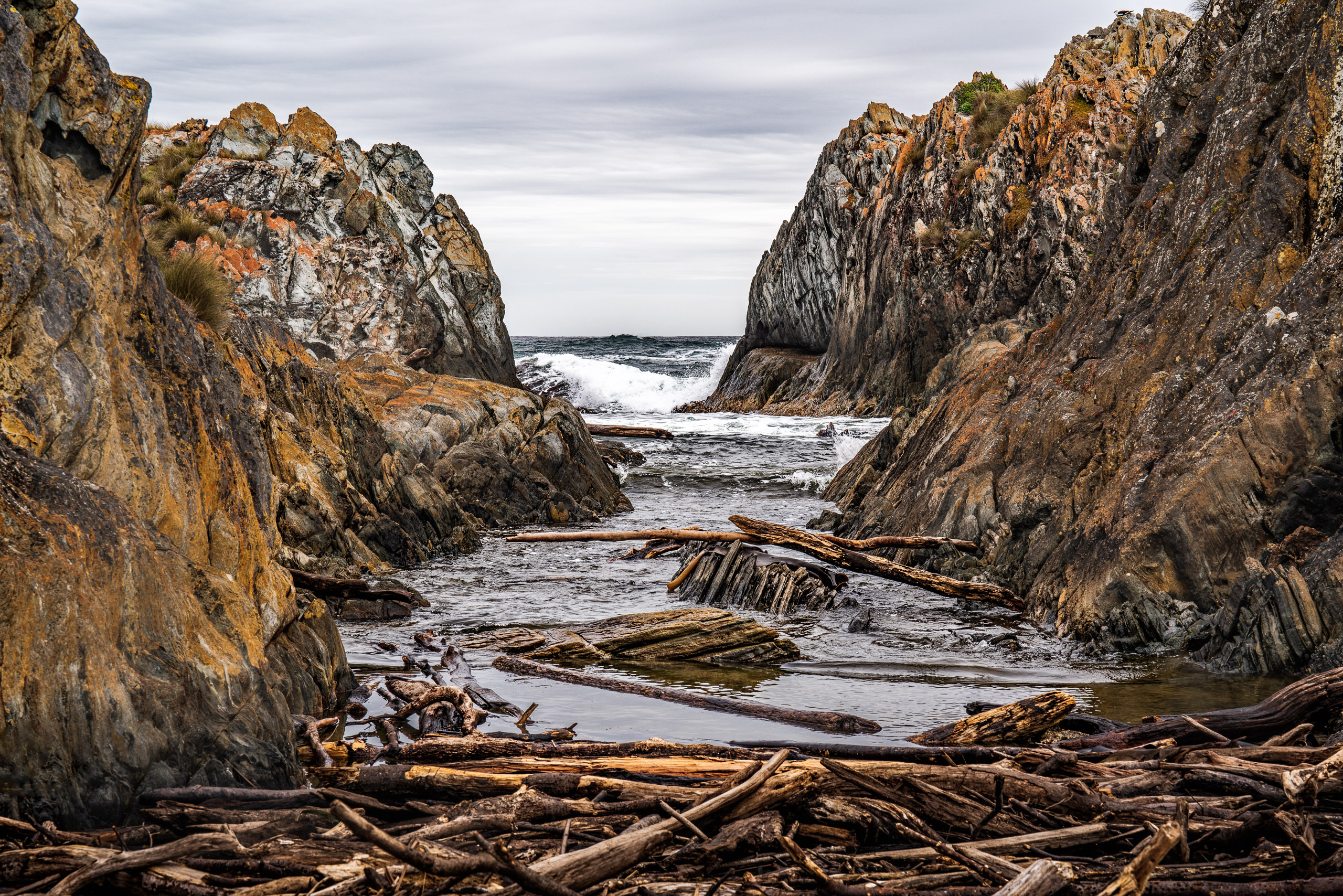
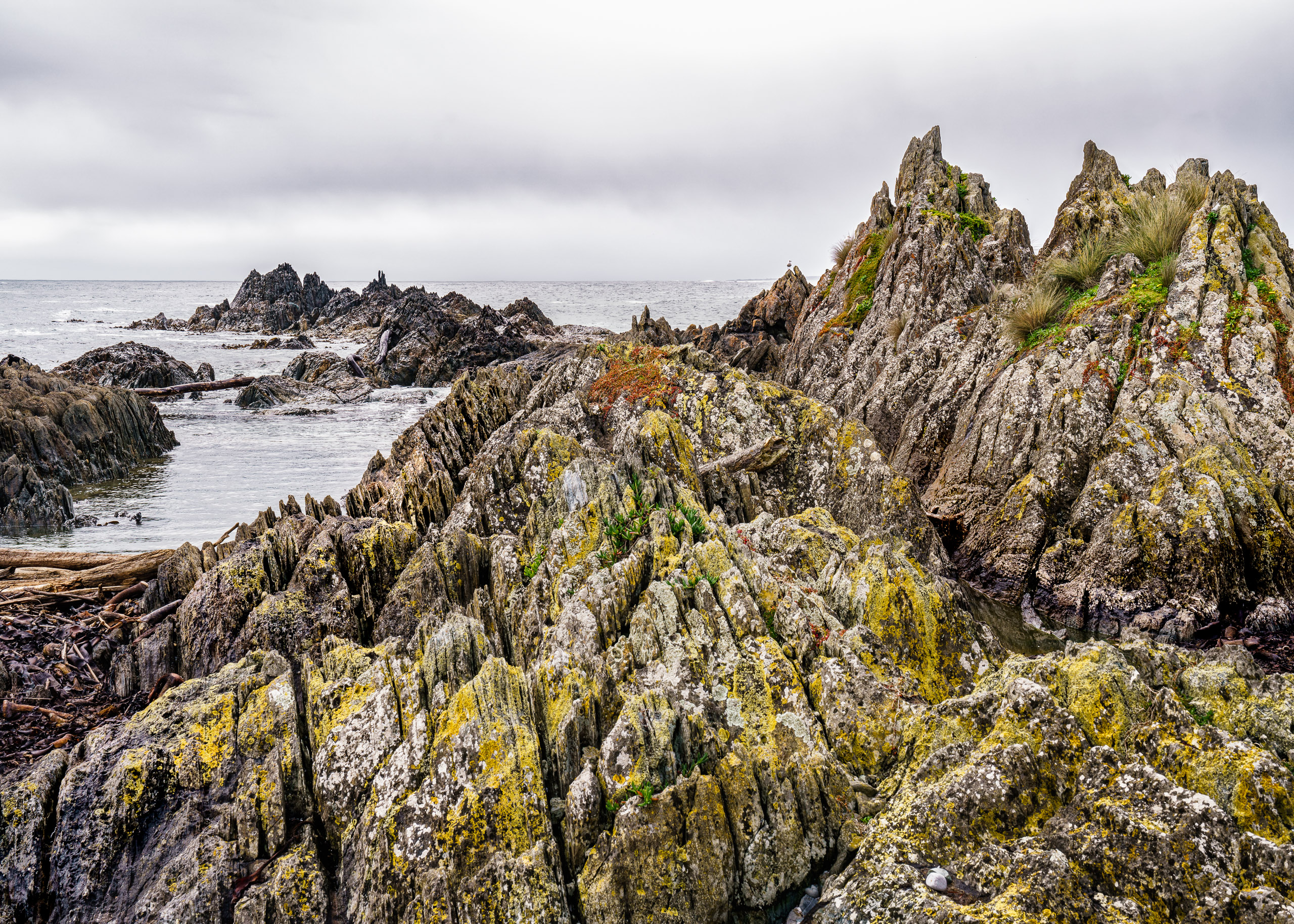
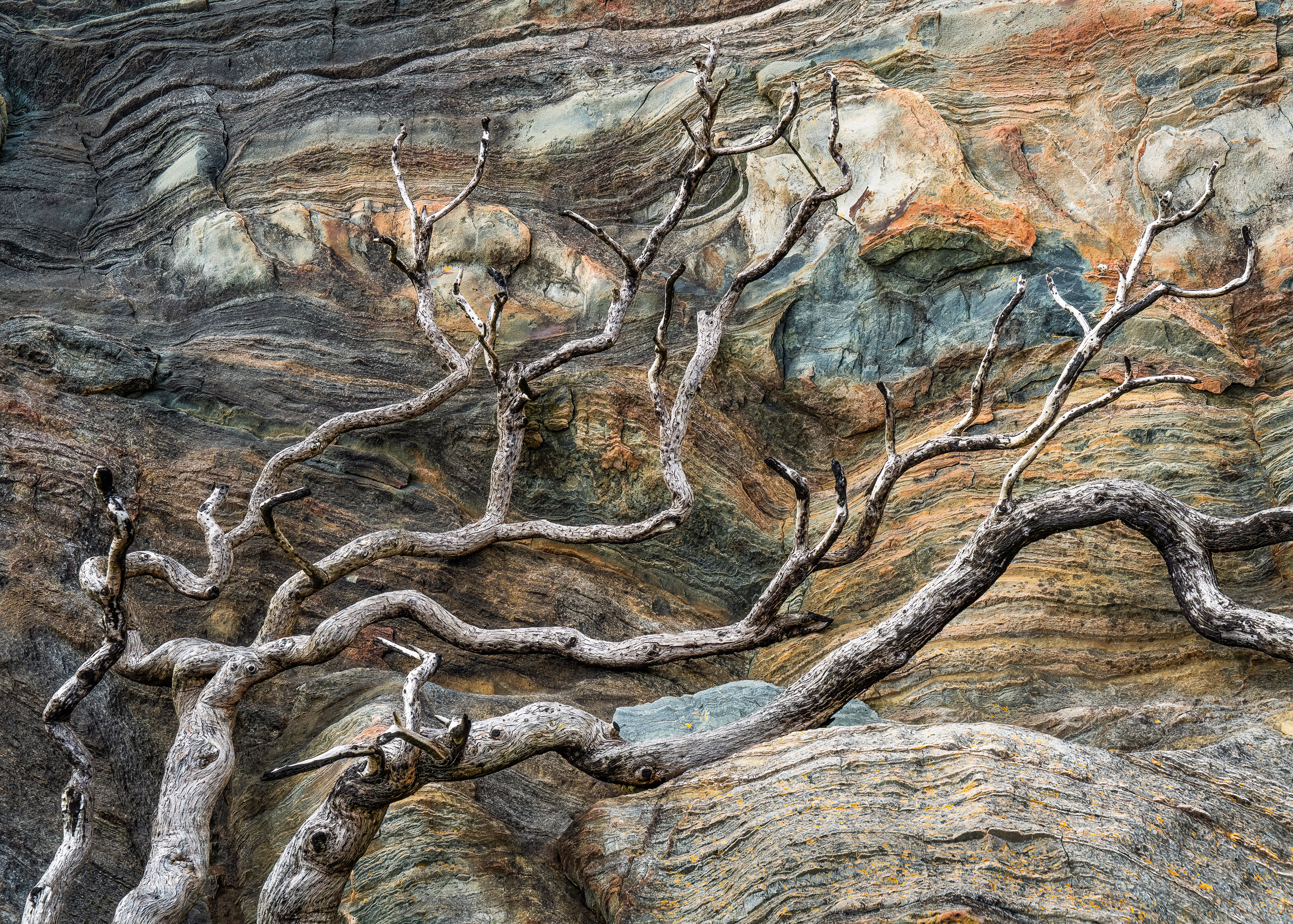
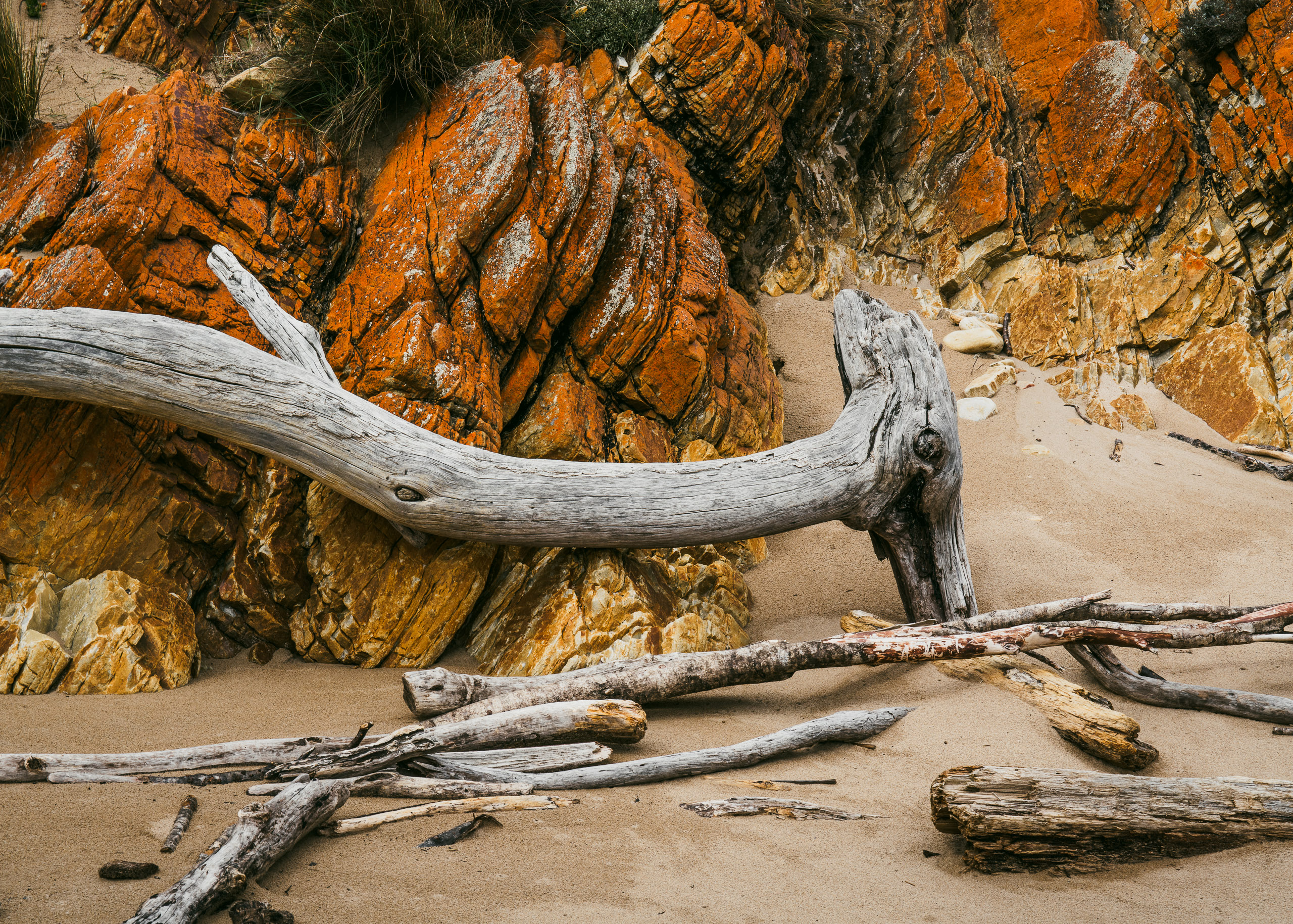
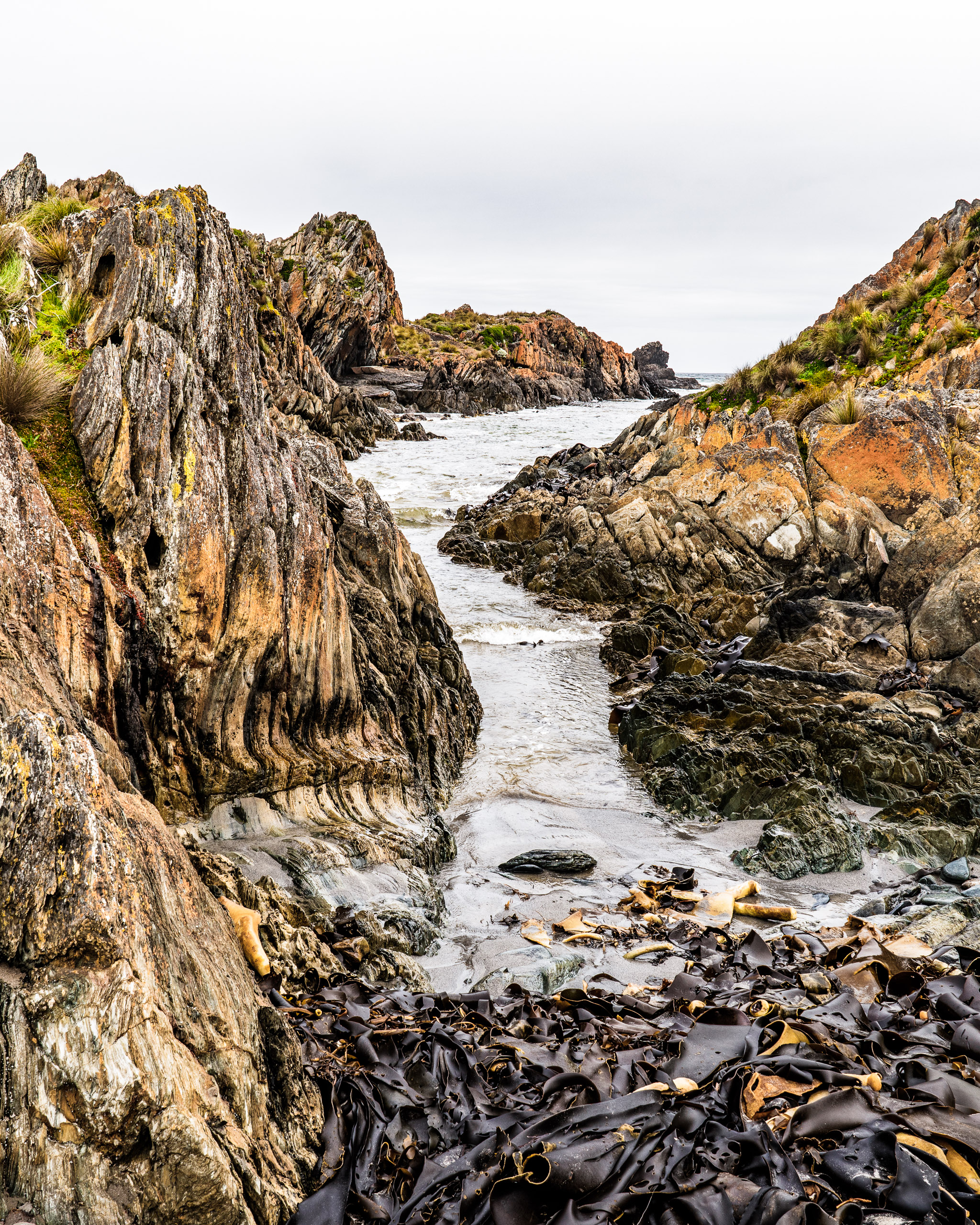
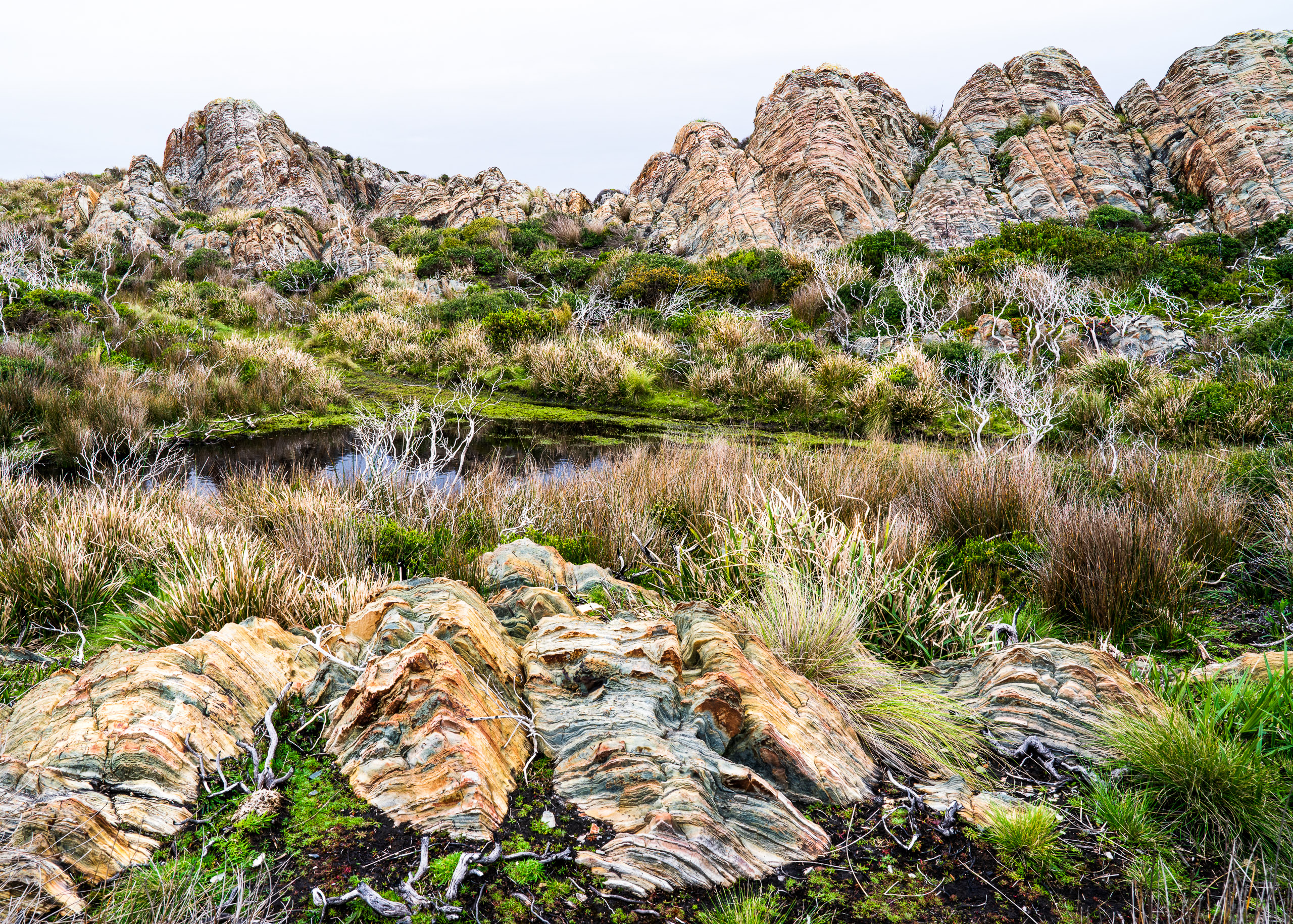
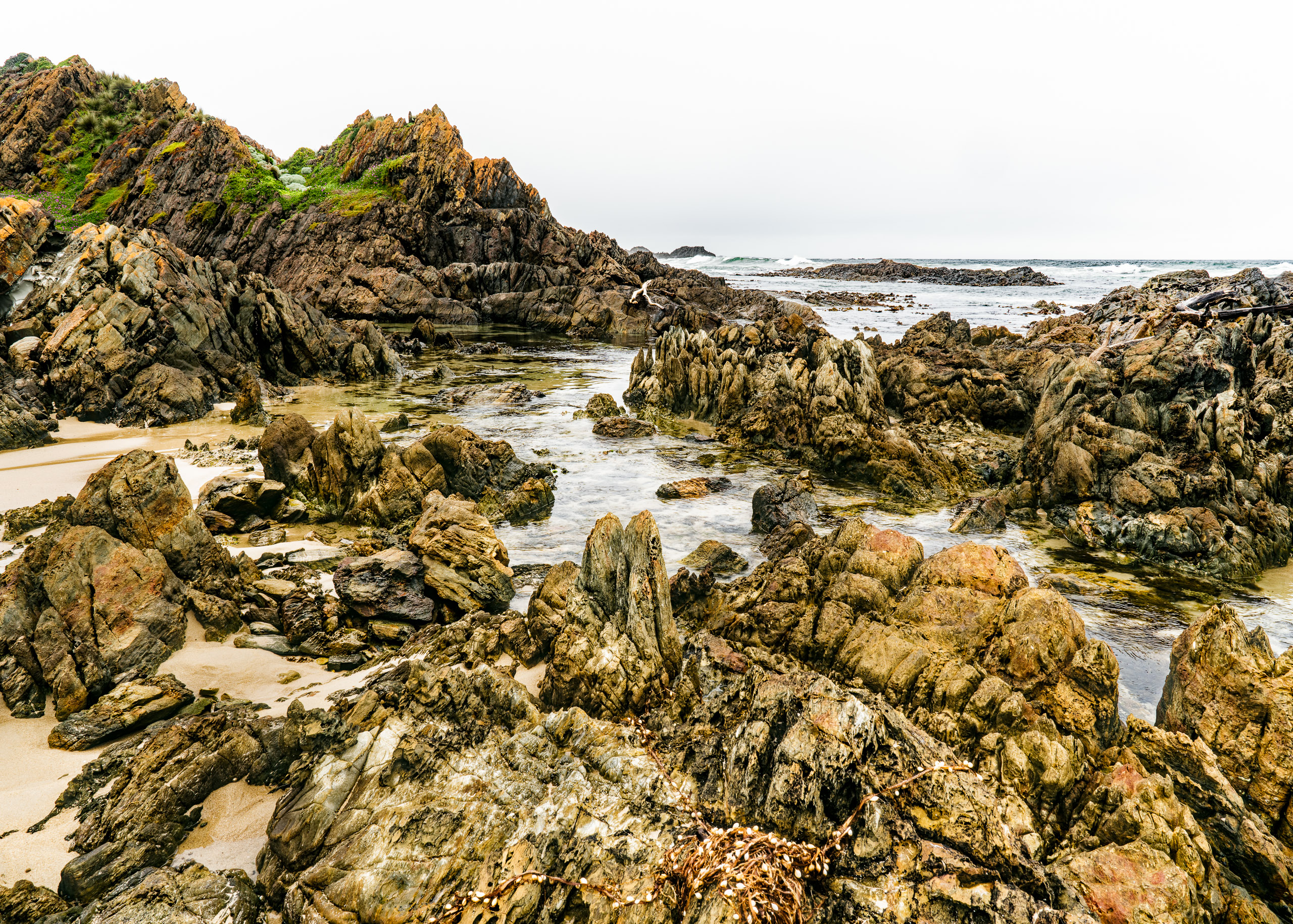
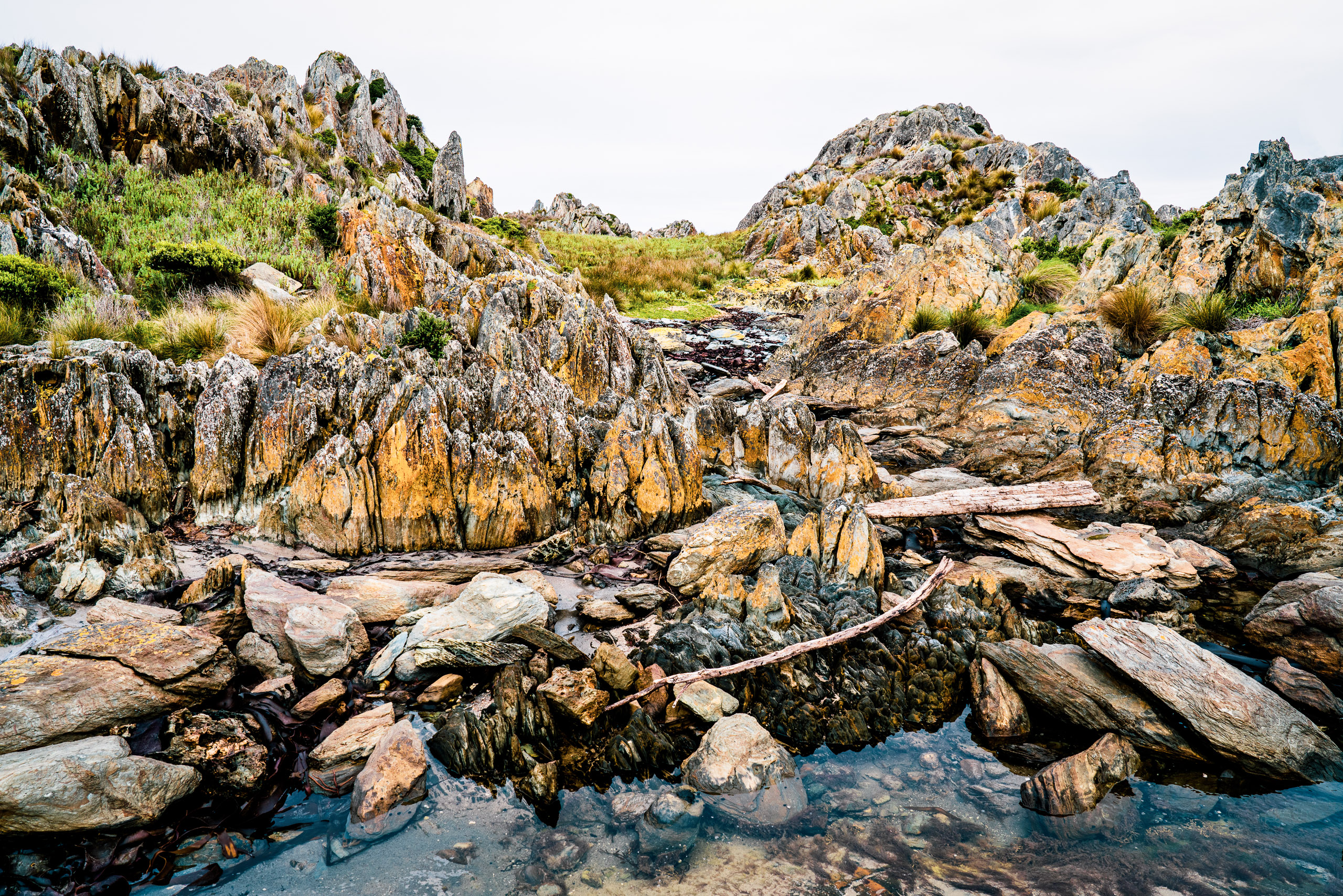
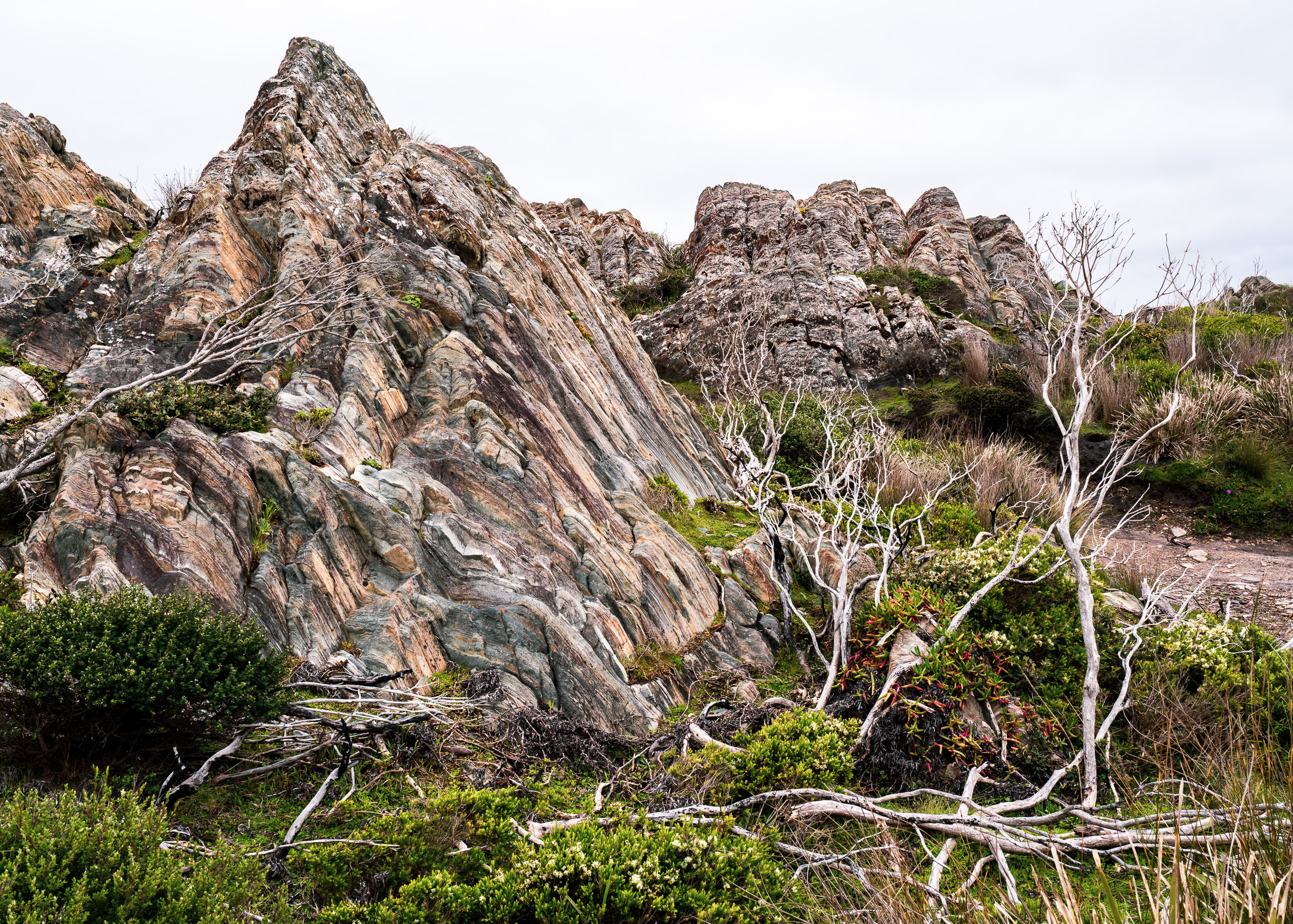
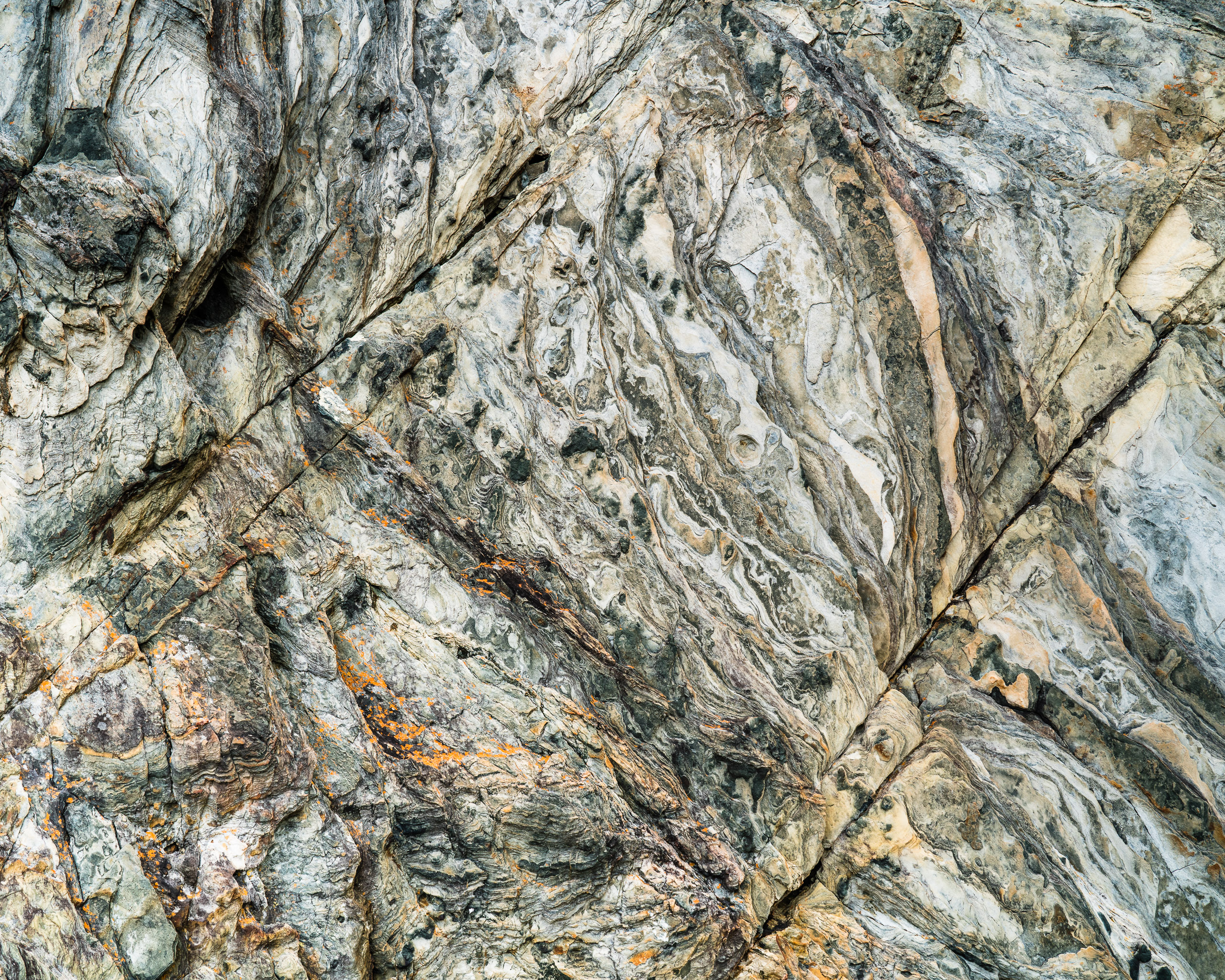
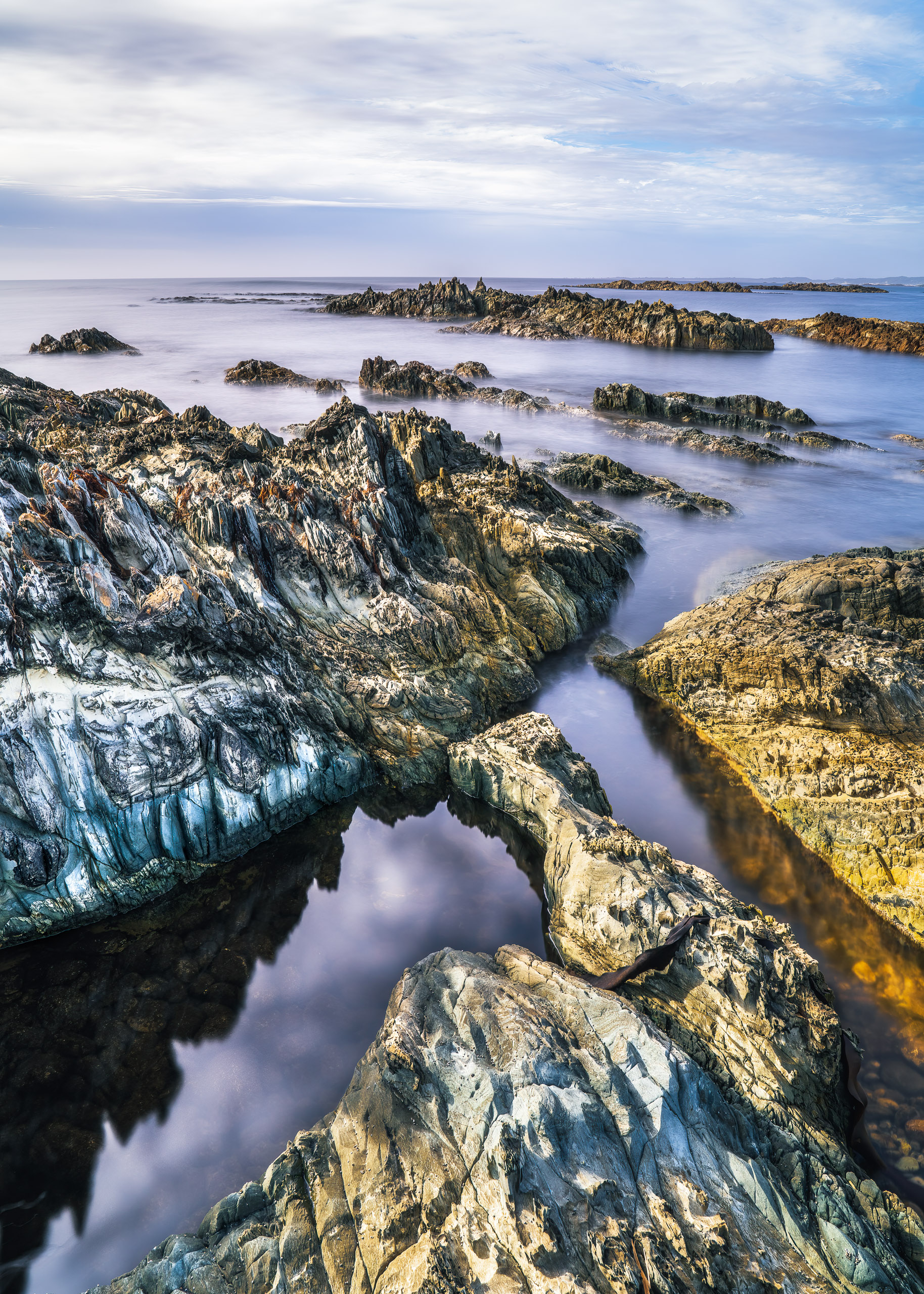
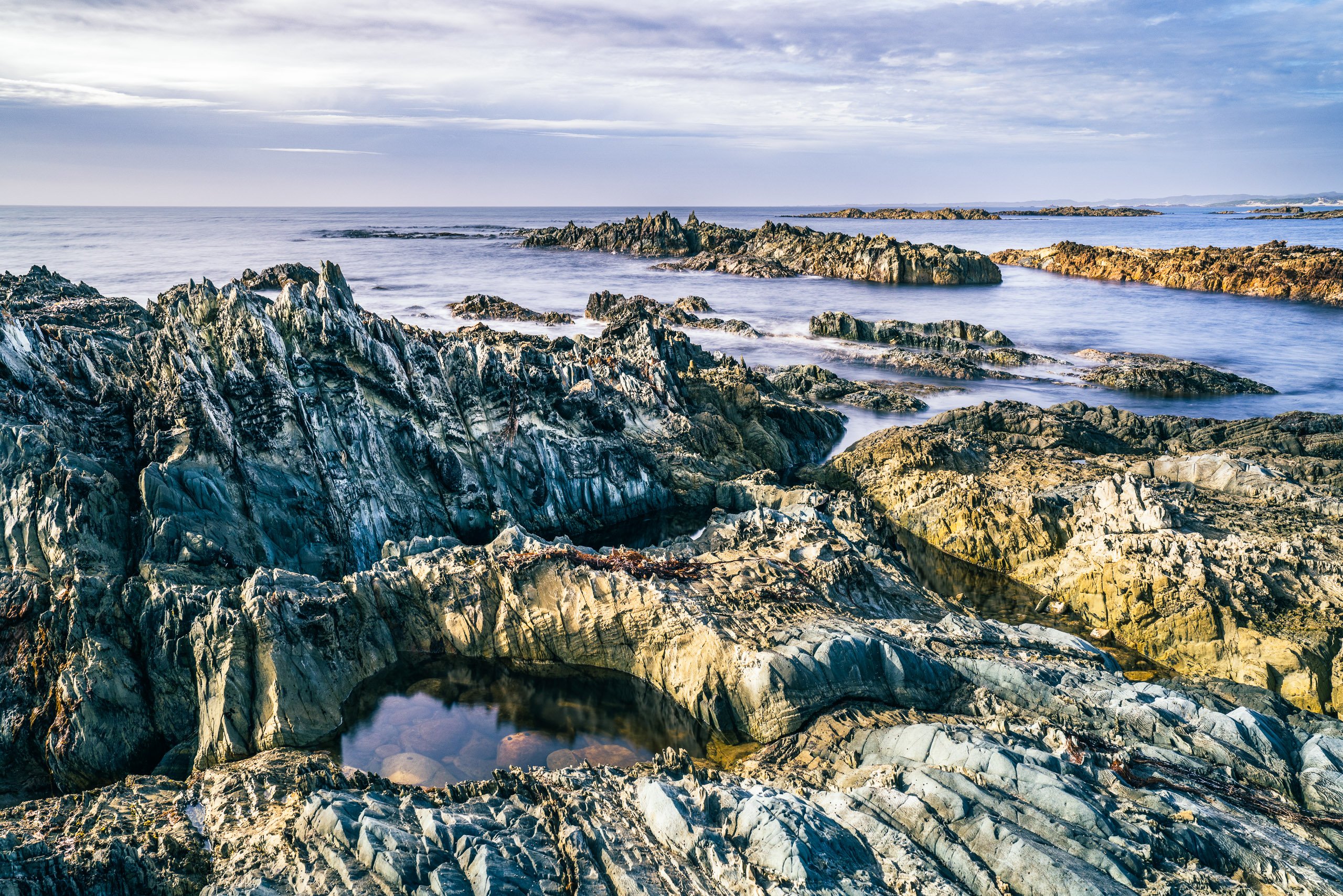
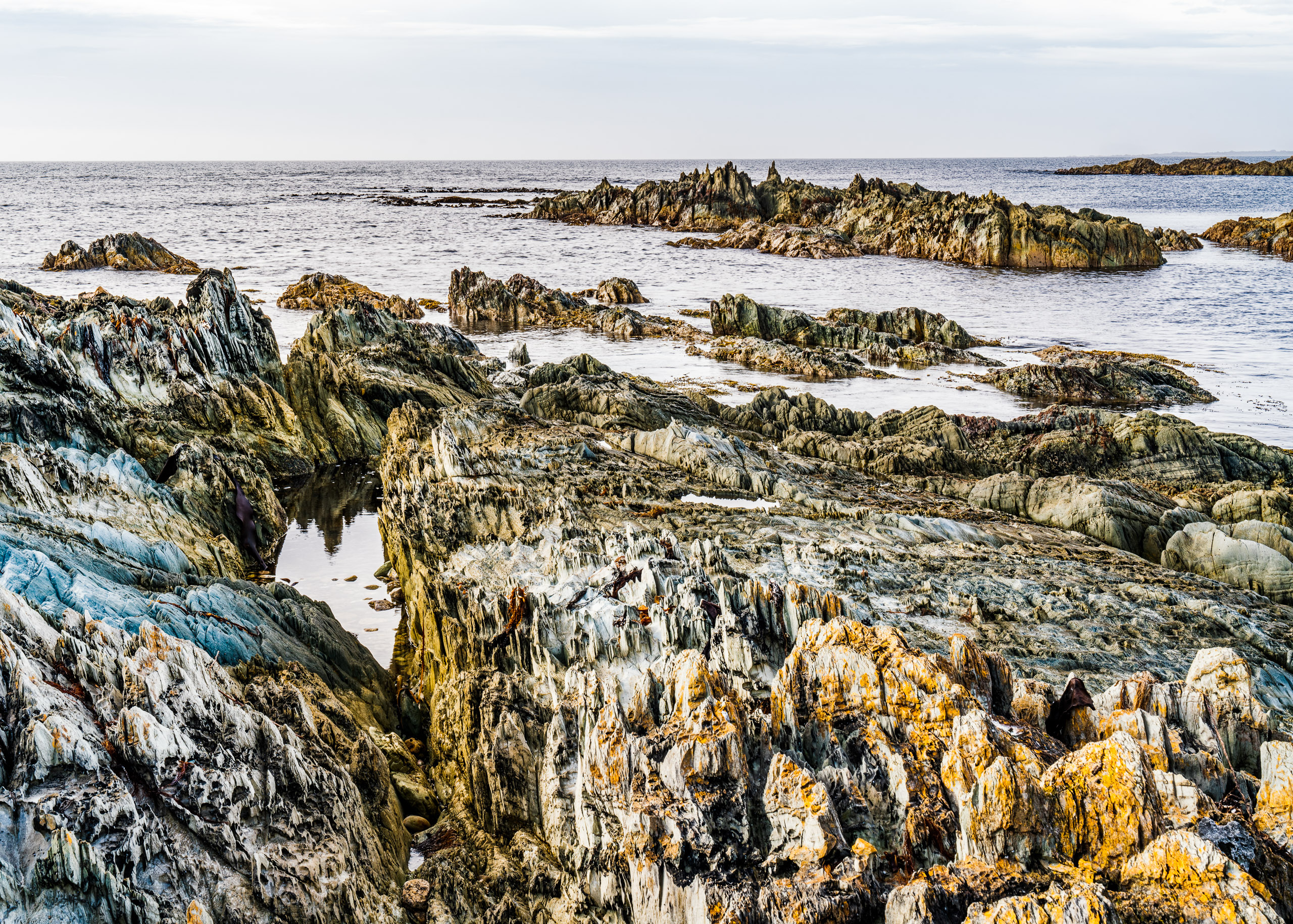
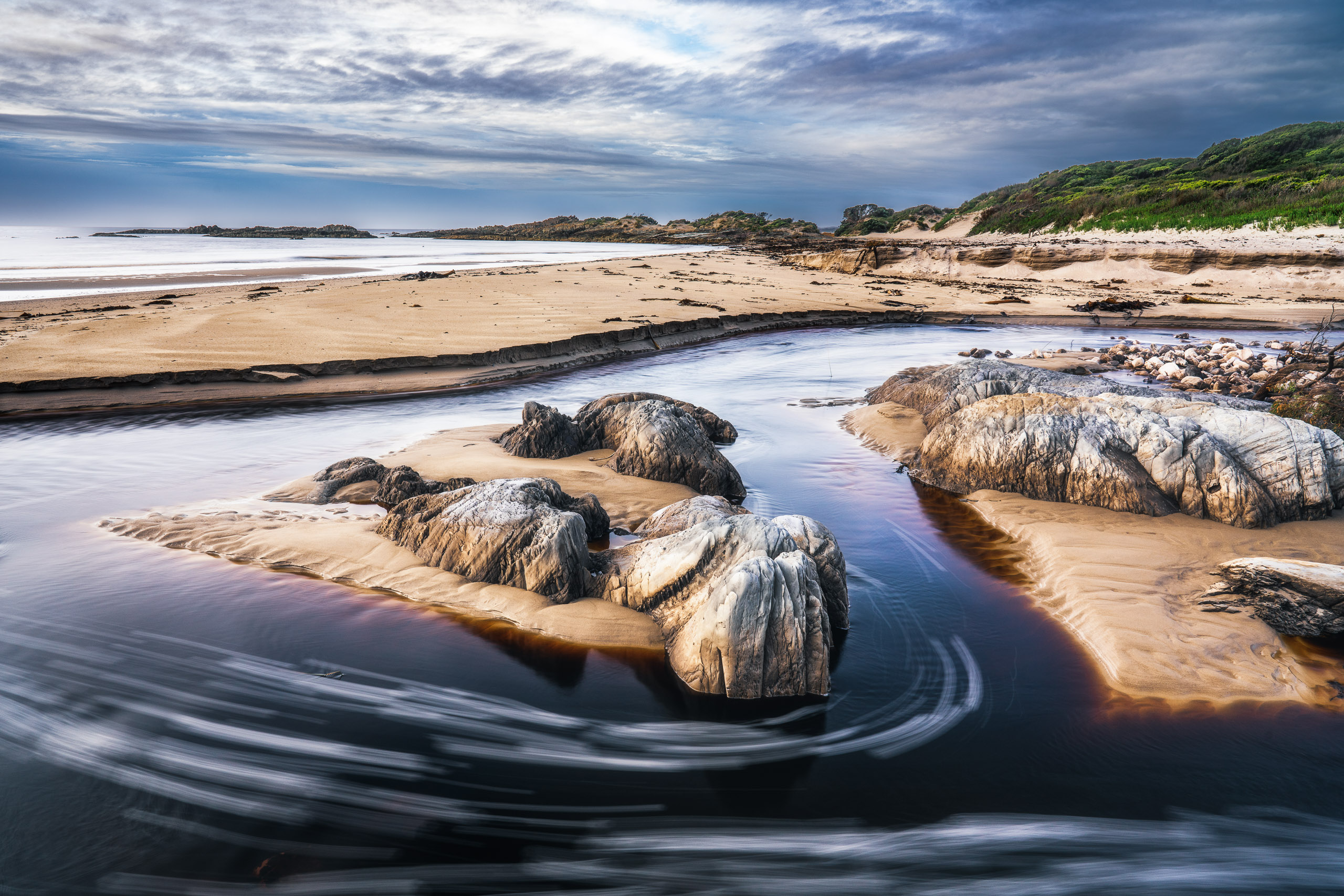
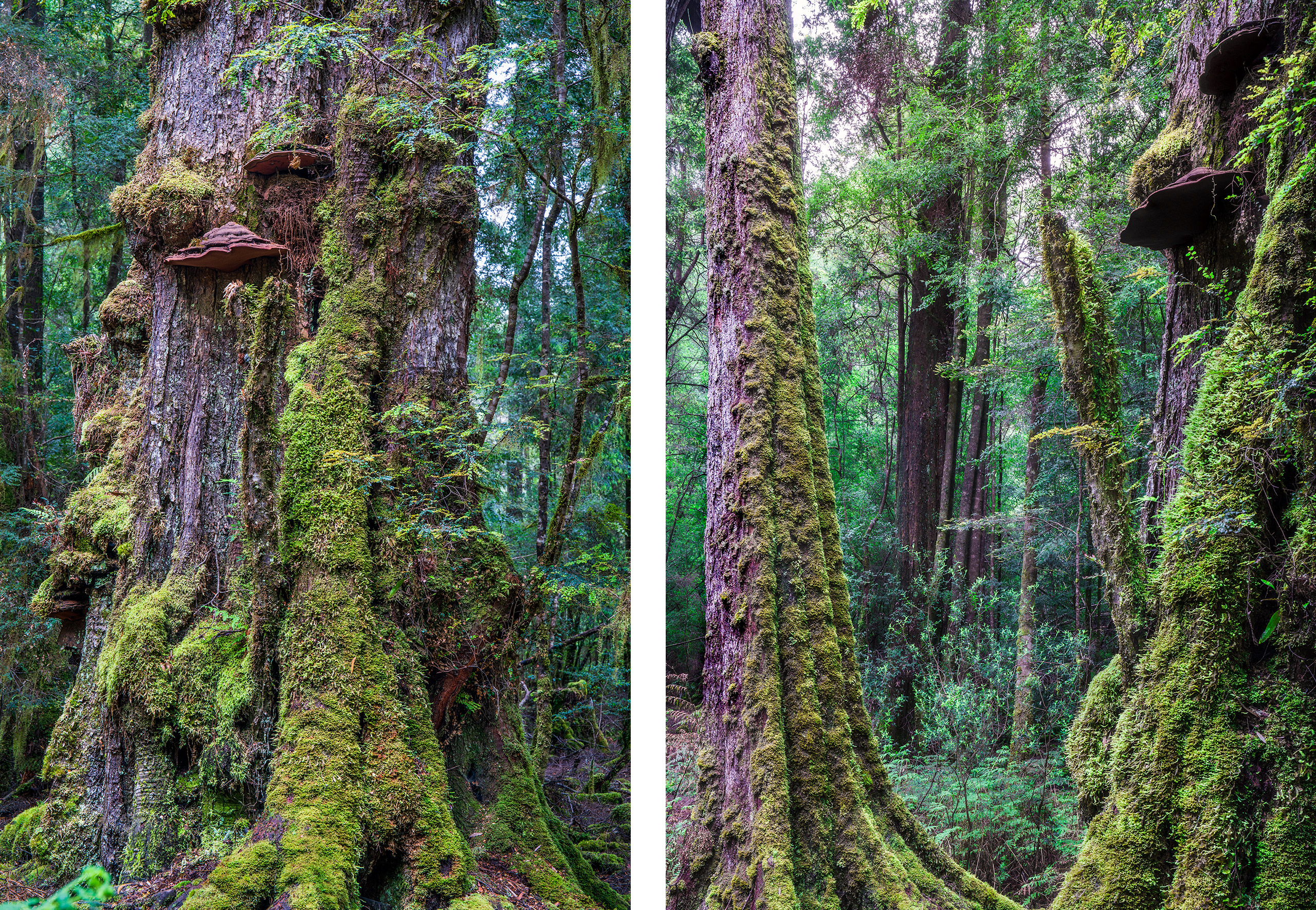
From the takayana coast, it was onward to Hobart for a few days of proper holidays, even switching off from my photography compulsion. It goes without saying that Hobart was a relaxing place to unwind as usual.
Then it was back towards the north-west, the final destination being Cradle Mountain National Park, surely a permanent fixture on any Australian landscape photographer’s bucket list.
Again this visit was prefaced with a wet and gloomy weather forecast; no great surprise again for this location, and we had come prepared. The high possibility of some early November snow was an enticing prospect though.
A most authentic Tasmanian delicacy, a scallop pie, was the perfect excuse to stop at picturesque Sheffield for lunch before we made the final approach towards Cradle Mountain. We caught a distant glimpse of the distinctive volcanic peak of Cradle Mountain on the drive in. That was fortunate, because the mountain wasn’t to reveal itself during our fruitless attempts at Dove Lake. Again, there was no room for disappointment with an overload of exploration to cram into a few short days, and now some added motivation to come back again.
My highlights were an early morning walk on the King Billy Track after an overnight dusting of snow, just sneaking this in before strong winds disturbed the flakes from the trees; as well as the most enchanting short loop of the Weindorfers Forest Walk.
This was a perfect short introduction, but barely scratched the surface of the Cradle Mountain area. There is much unfinished business with some serious walks and photography to be planned.
Now, a handful of pics from this all too brief visit to Cradle Mountain NP:


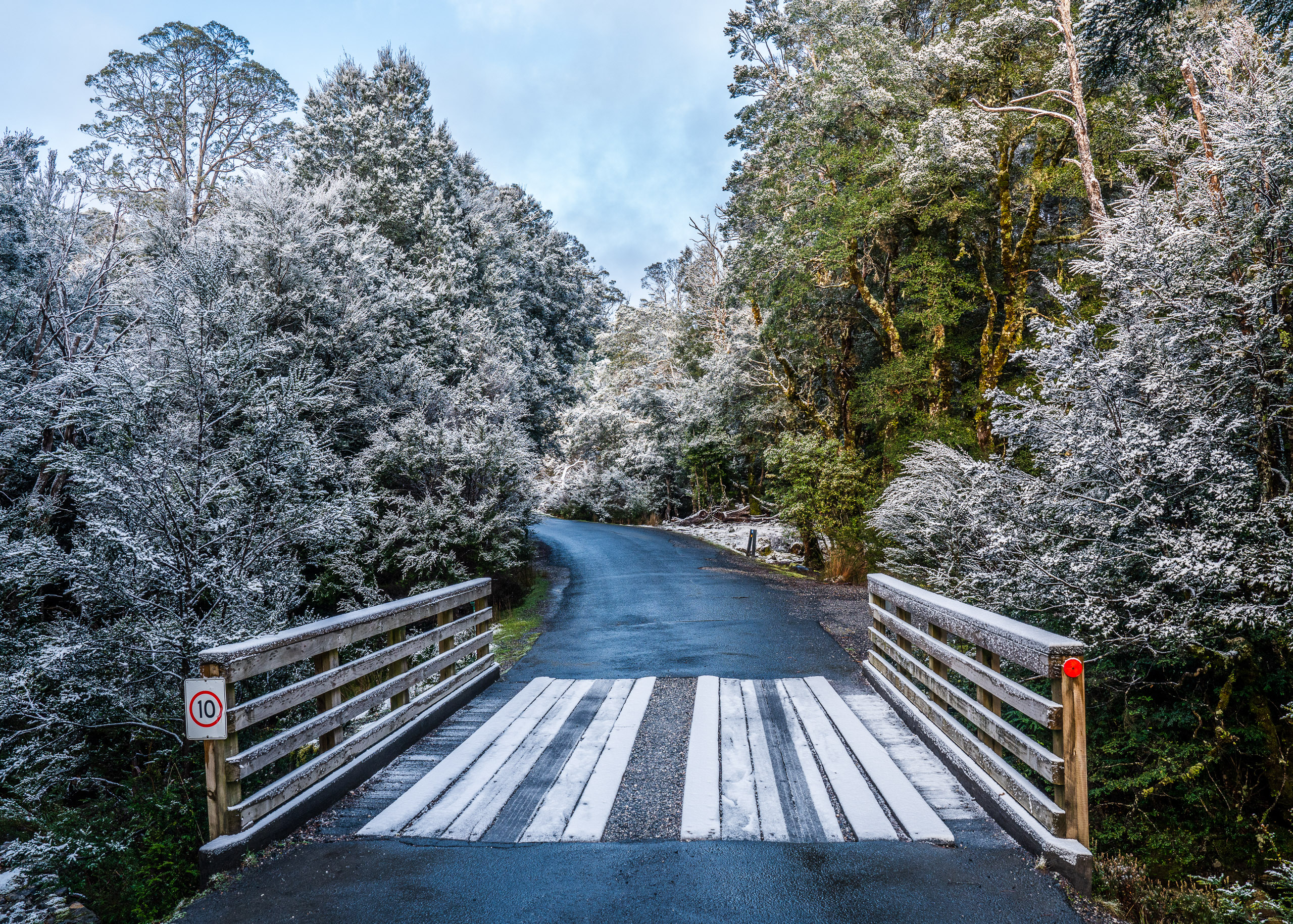
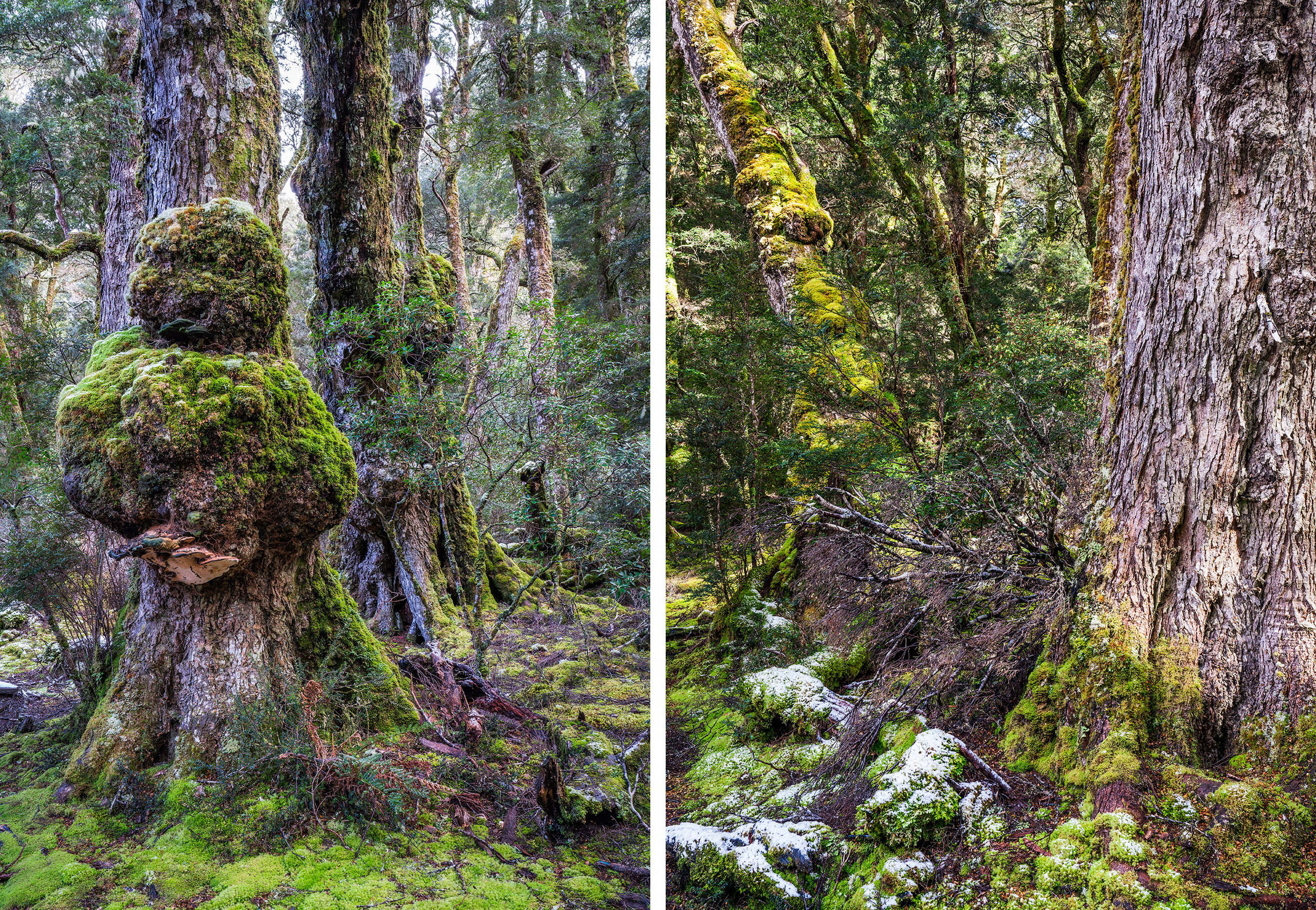
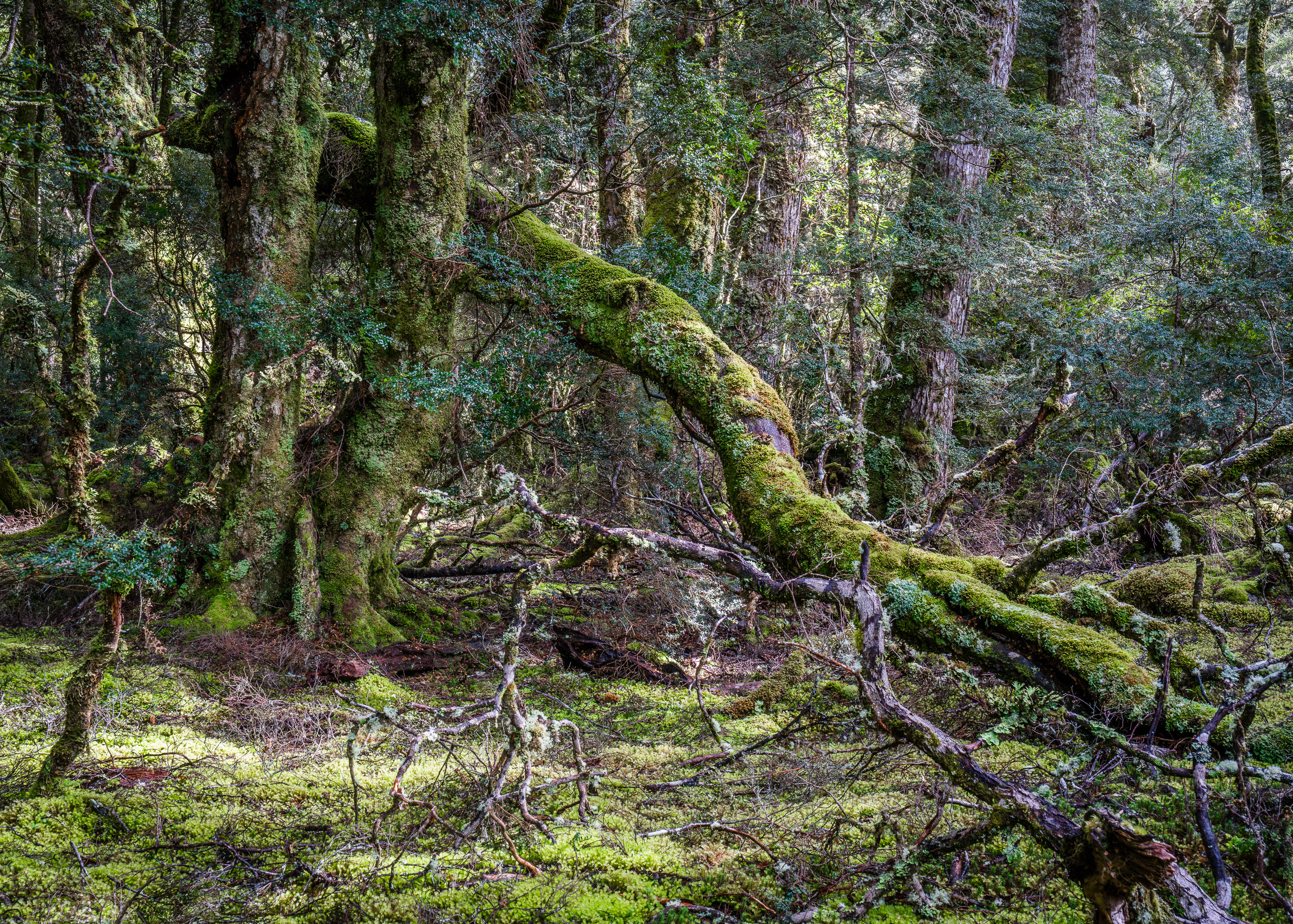
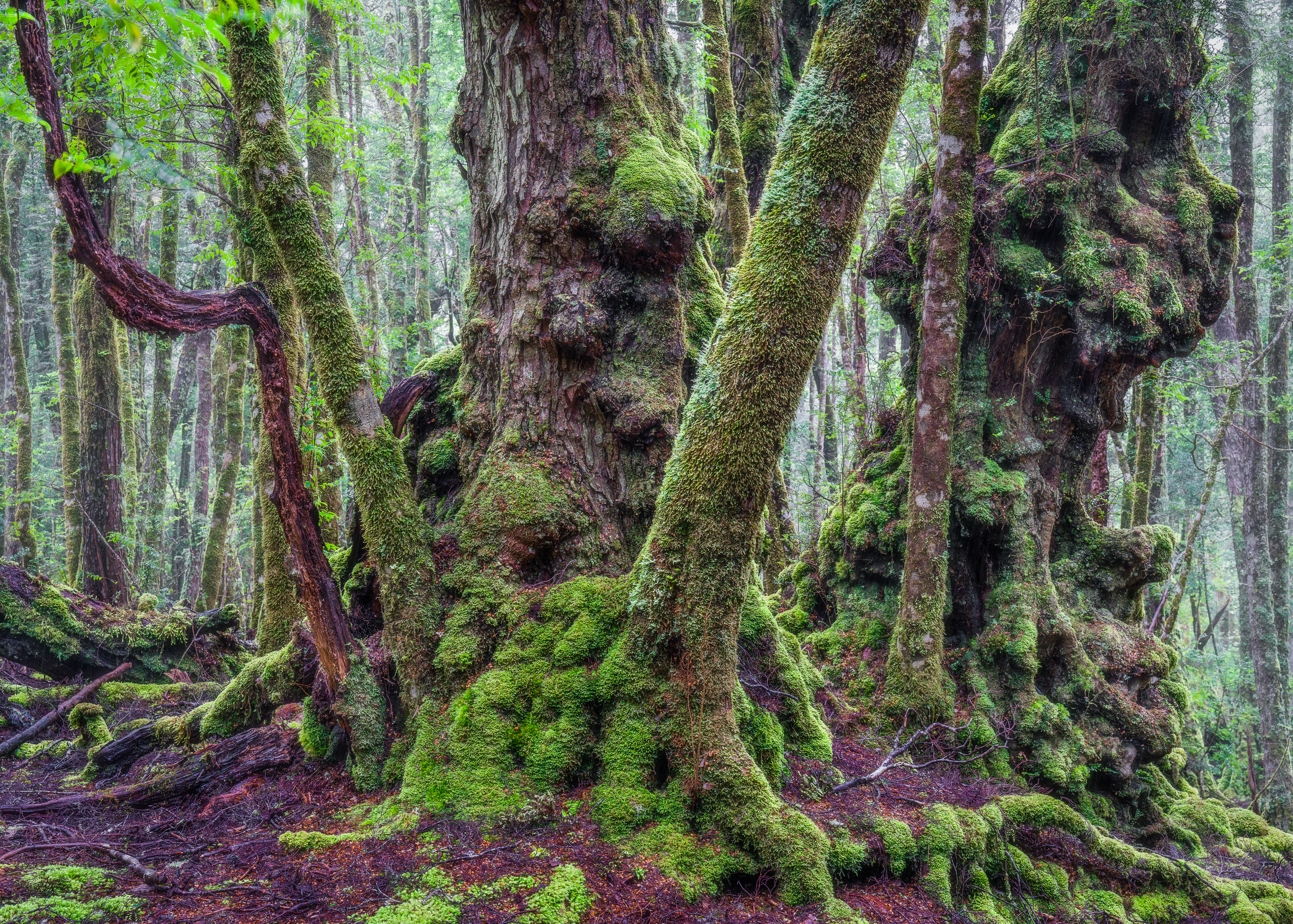


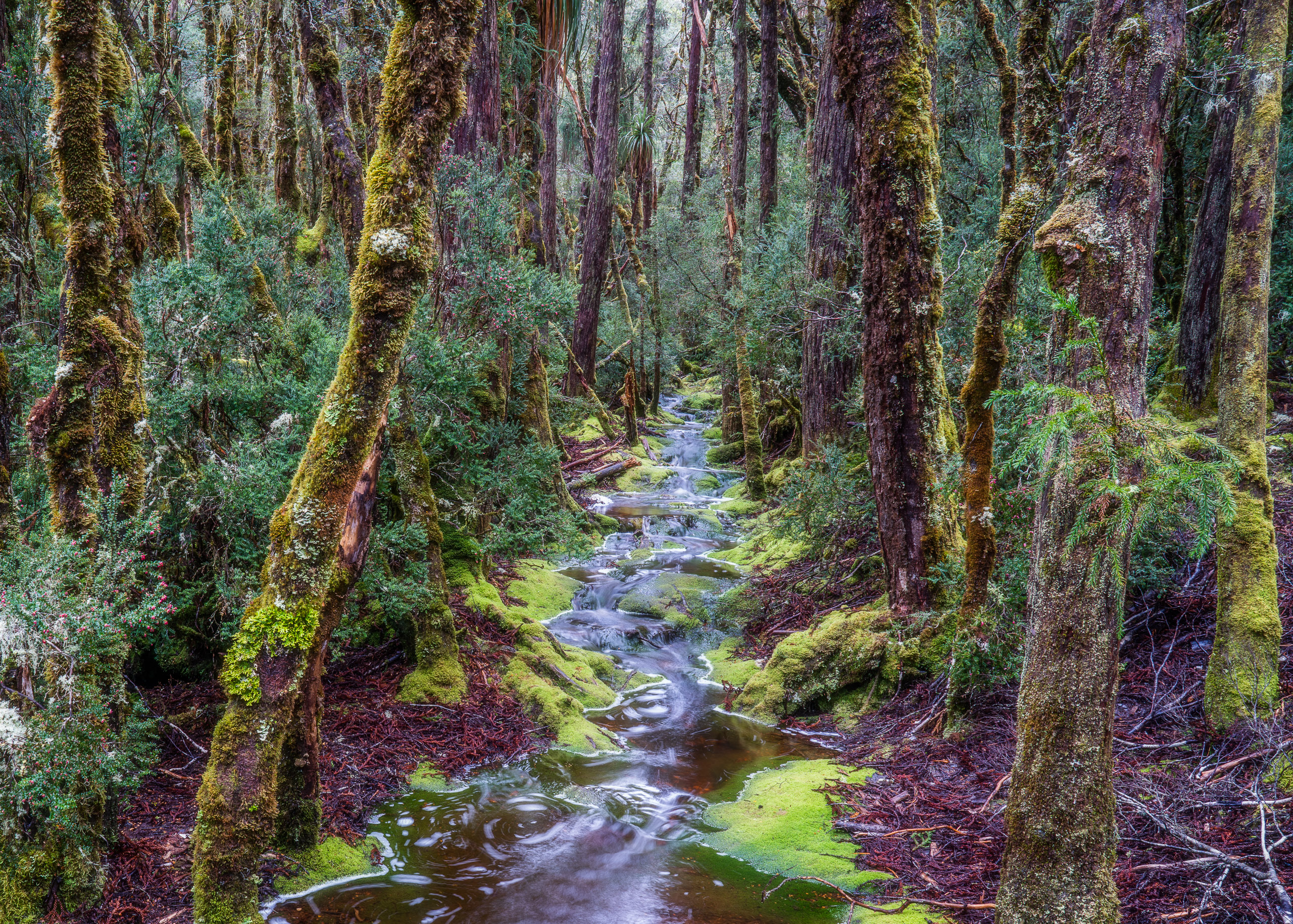
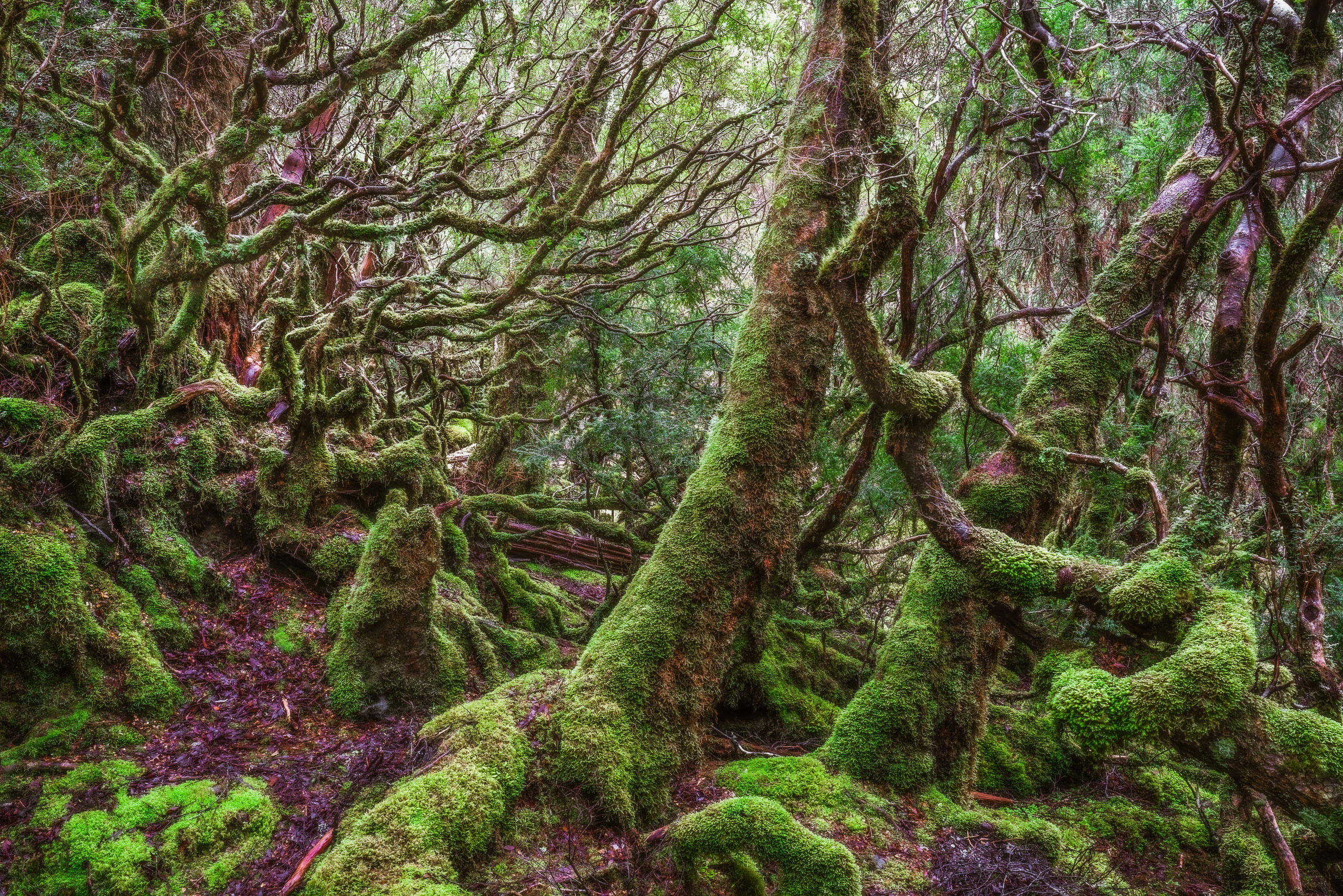
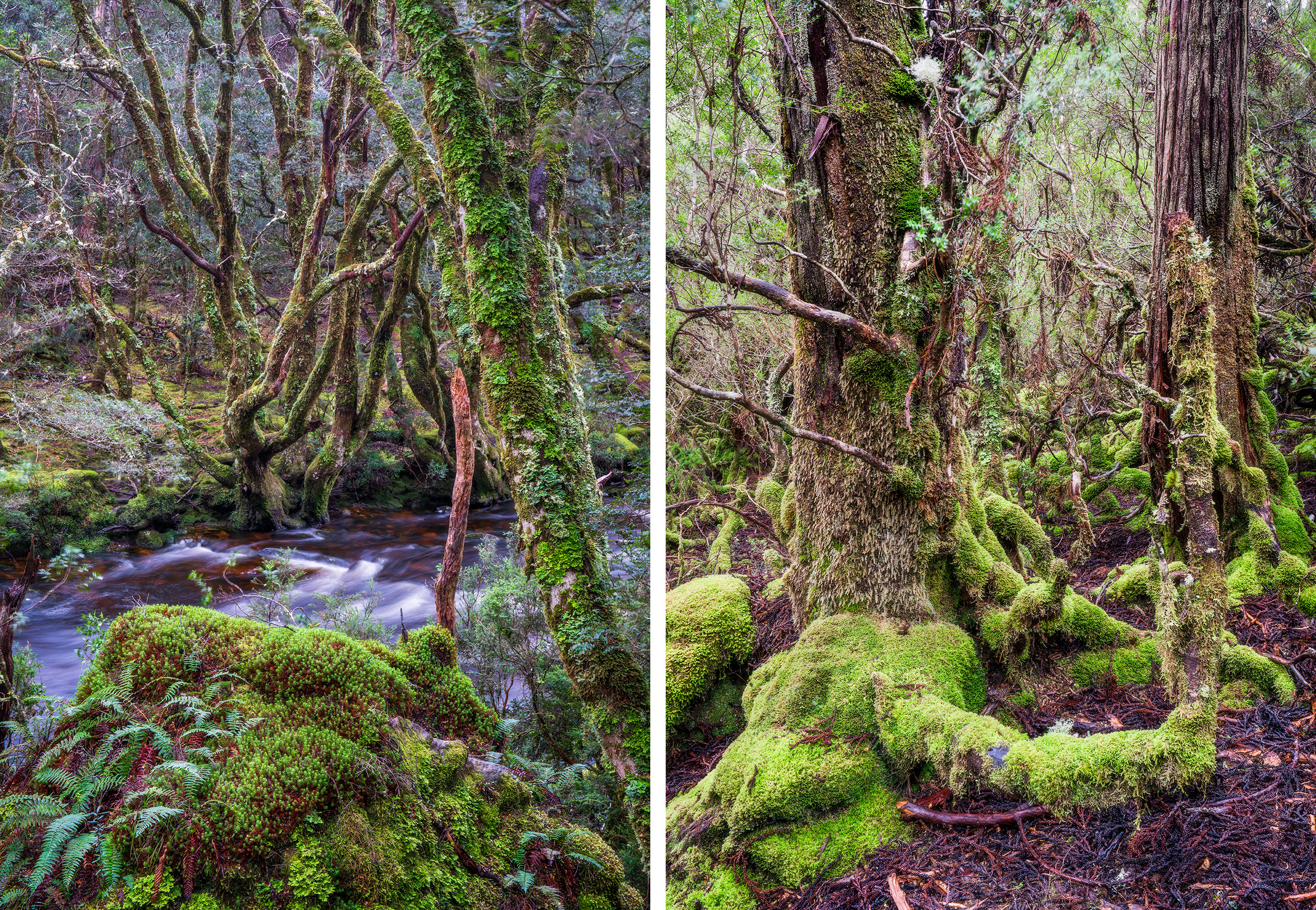
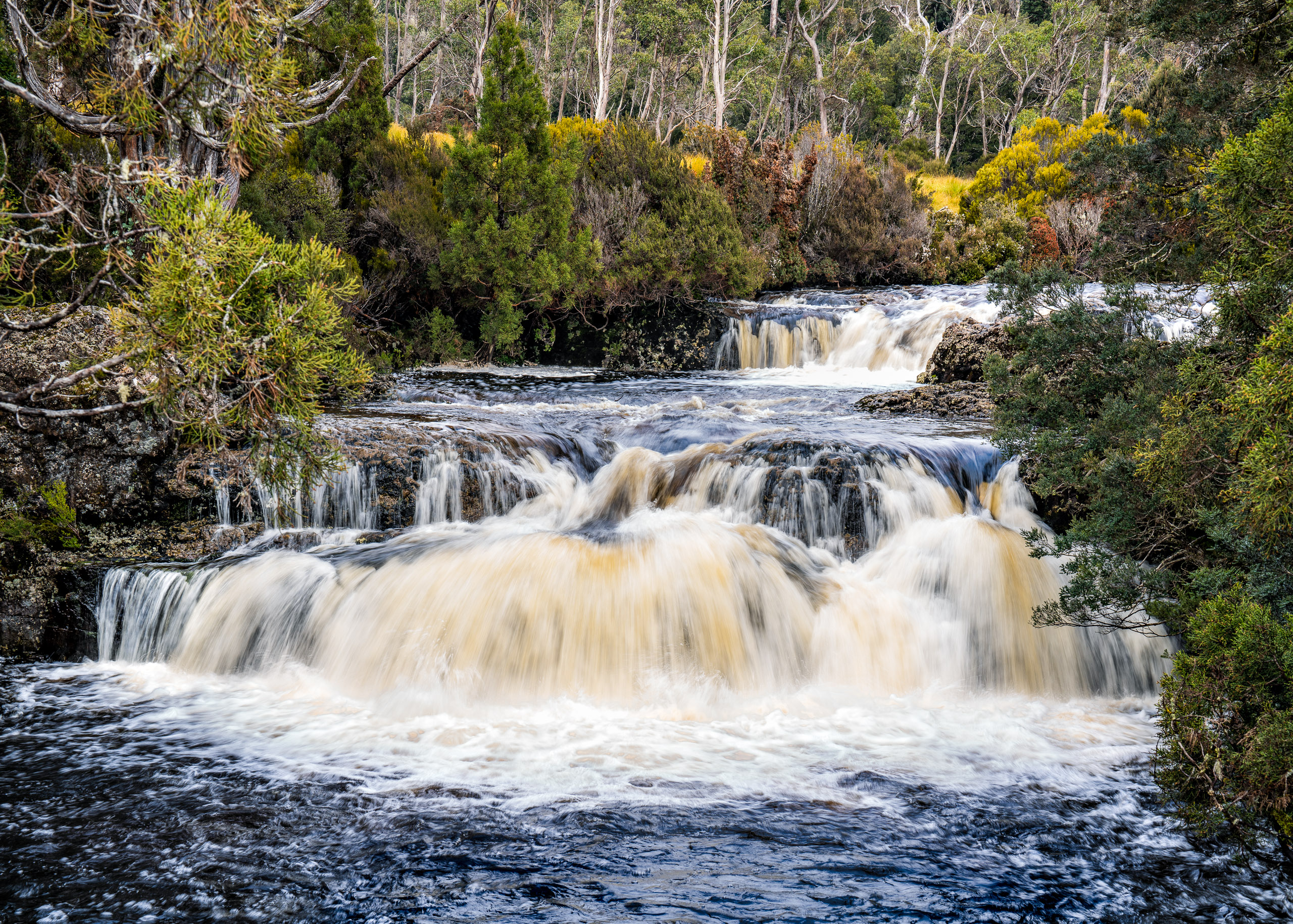
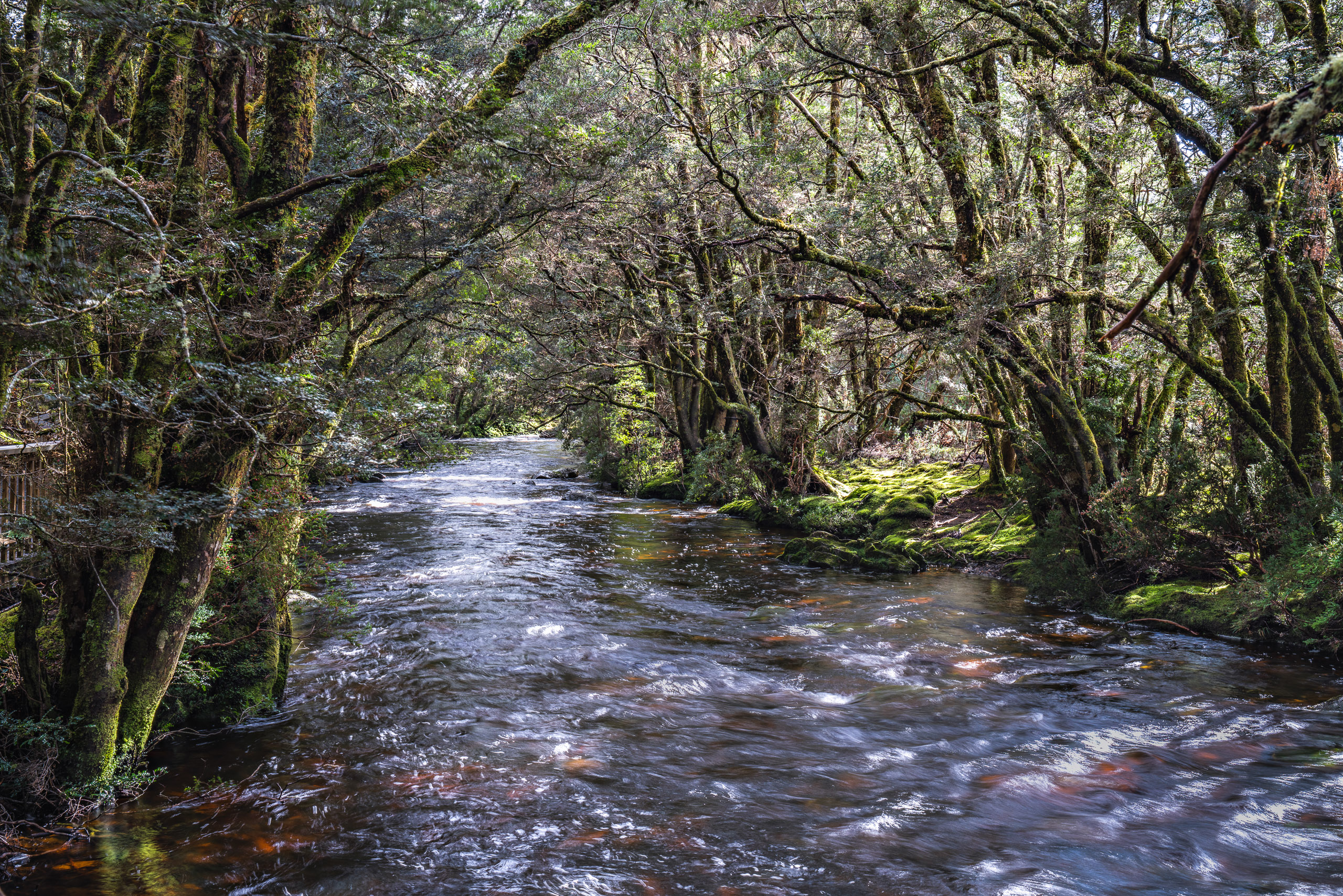
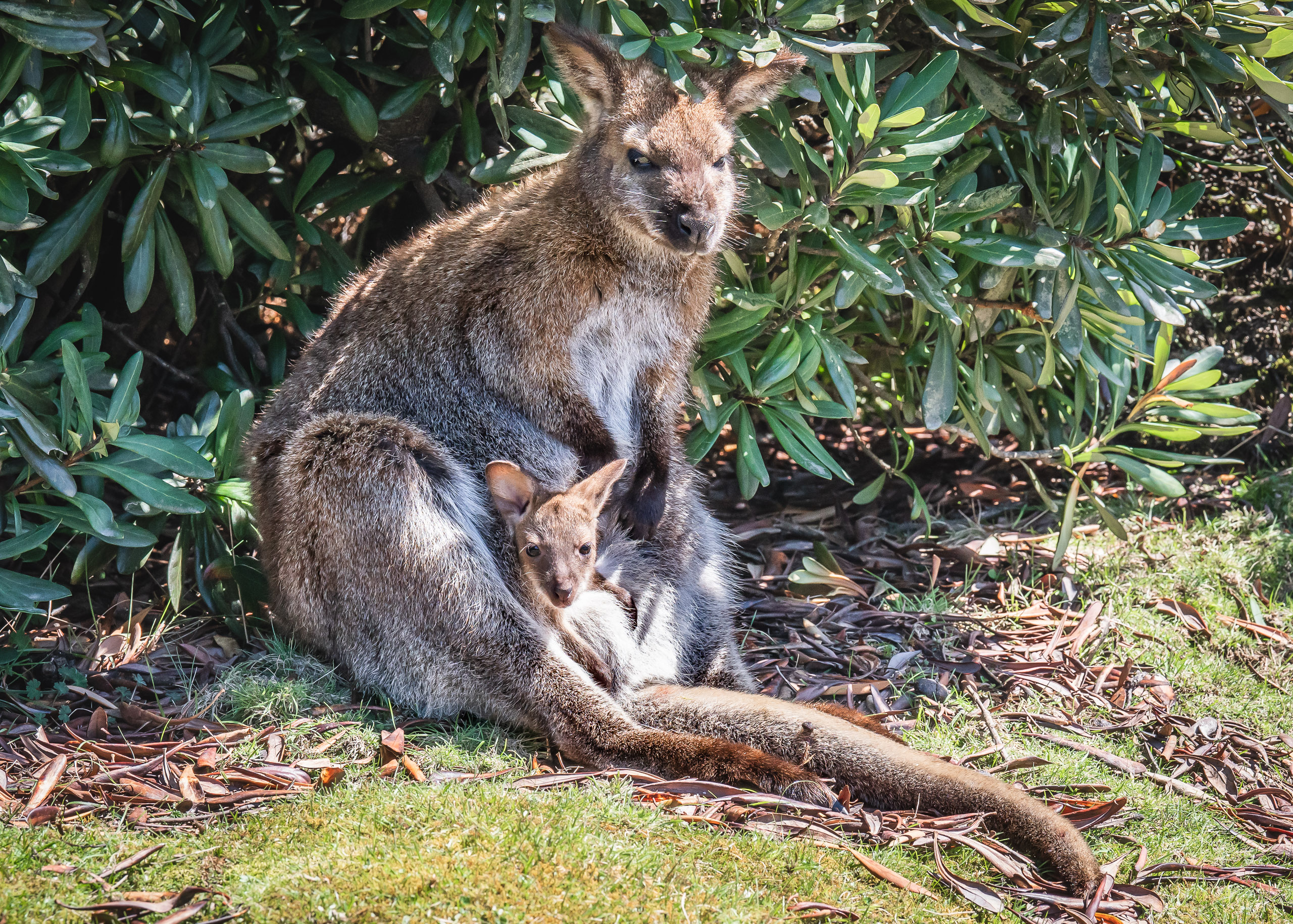

Images featured in this story were captured in October & November 2022 with Sony a7R III + Sony FE 24-70 GM II.
I acknowledge the Traditional Custodians of Country featured in this story; pay respect to Elders past and present; and recognise their continuing connection to the land and waters that I was fortunate to photograph.







